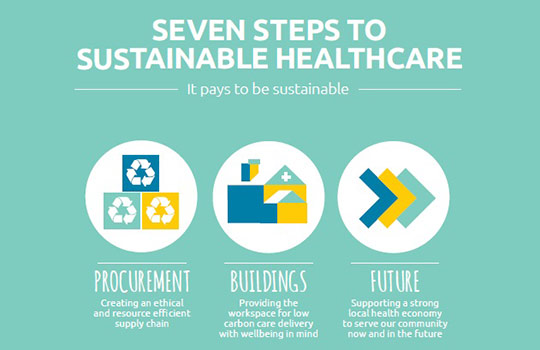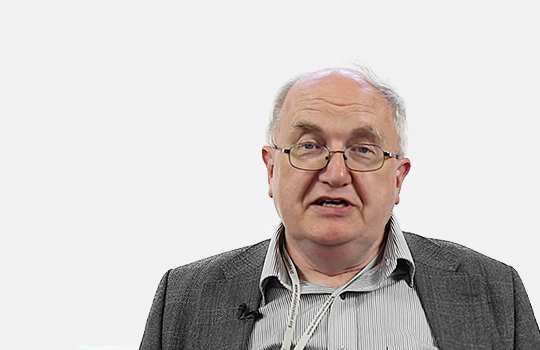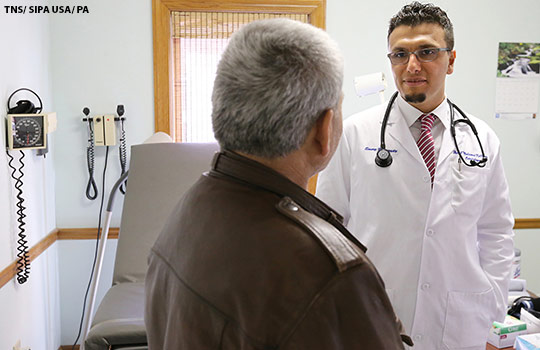The NHS is legally committed to reducing its carbon consumption by 80% by 2050, but the route to that destination is far from clear. The leaders in trying to find a practical route are Sussex Community NHS Foundation Trust, and I went to visit them in Brighton. The trust covers Brighton and Hove, West Sussex, and […]
Richard Smith: Tales of sustainability II—a way forward from Brighton







